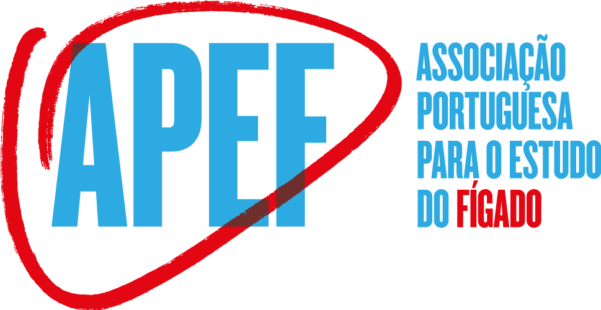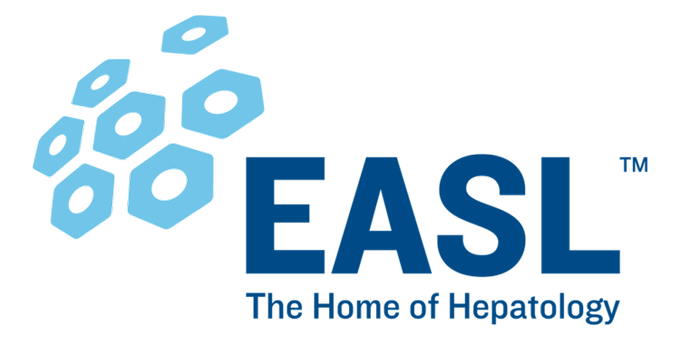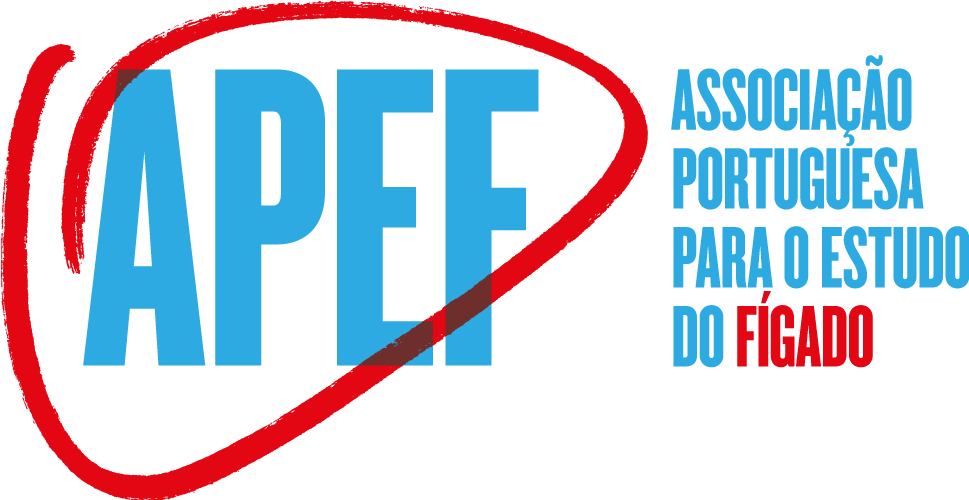Doenças Genéticas 2010
Preamble
Iron overload in humans is associated with a variety of
genetic and acquired conditions. Of these, HFE hemochromatosis
(HFE-HC) is by far the most frequent and most well-defined
inherited cause when considering epidemiological aspects and
risks for iron-related morbidity and mortality. The majority
of patients with HFE-HC are homozygotes for the C282Y
polymorphism [1]. Without therapeutic intervention, there is a
risk that iron overload will occur, with the potential for tissue
damage and disease. While a specific genetic test now allows
for the diagnosis of HFE-HC, the uncertainty in defining cases
and disease burden, as well as the low phenotypic penetrance of
C282Y homozygosity poses a number of clinical problems in the
management of patients with HC. This Clinical Practice Guideline
will therefore focus on HFE-HC, while rarer forms of genetic
iron overload recently attributed to pathogenic mutations of
transferrin receptor 2, (TFR2), hepcidin (HAMP), hemojuvelin
(HJV), or to a sub-type of ferroportin (FPN) mutations, on which
limited and sparse clinical and epidemiologic data are available,
will not be discussed. We have developed recommendations for
the screening, diagnosis, and management of HFE-HC.



